Recovering from Keloids
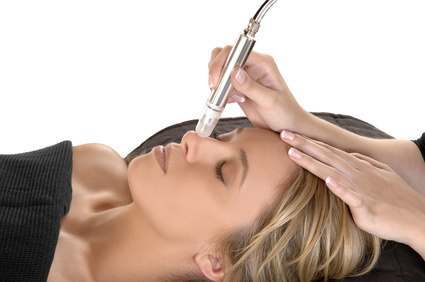 Keloids are sometimes inevitable even with diligent care. Whenever a keloid scar forms, start treatment as soon as possible in order to smooth the skin and make the scar lighter. Many treatments are very effective and low in cost. Some are not as effective and more costly. You can talk to your physician or dermatologist about scar treatments for keloids and see what fits your needs.
Keloids are sometimes inevitable even with diligent care. Whenever a keloid scar forms, start treatment as soon as possible in order to smooth the skin and make the scar lighter. Many treatments are very effective and low in cost. Some are not as effective and more costly. You can talk to your physician or dermatologist about scar treatments for keloids and see what fits your needs.
If conventional treatments are not effective over time, you may need to have medical treatment. There are steroid injections with fluorouracil that can help make keloids flatter and less obvious. Steroid injections are costly and require a number of treatments to be effective. Another treatment is laser removal that can help remove excess blood vessels that cause discoloration to scars.
This is safe and effective, but very expensive. Insurance usually does not cover laser therapy due to its cosmetic nature.
Surgical Removal of Keloids
As a last resort, doctors can perform surgery on keloids to make them smaller. This comes with a risk of infection and the possibility of another keloid scar forming in the place of the original one. The surgeon cuts out the keloid and sutures the skin back together making it smaller. Treatment can be followed by radiation to further reduce the appearance of a keloid.
 Recovering from keloid treatments such as laser therapy, surgery or steroid injections requires time and further treatment. After a major medical treatment, talk to your doctor about aftercare and follow instructions for recovery time carefully. If your doctor gives the OK, use a good moisturizer after any open wounds have closed and keep the wound clean and dry during healing.
Recovering from keloid treatments such as laser therapy, surgery or steroid injections requires time and further treatment. After a major medical treatment, talk to your doctor about aftercare and follow instructions for recovery time carefully. If your doctor gives the OK, use a good moisturizer after any open wounds have closed and keep the wound clean and dry during healing.
Make sure you use a silicone-based product containing nutrients that feed and nourish the skin. This encourages healthy new skin cells to grow and dead tissue to fall away. There is no guarantee that a new keloid will not form if you are prone to them, but the best defense is taking action as soon as possible.

 Subscribe Now
Subscribe Now

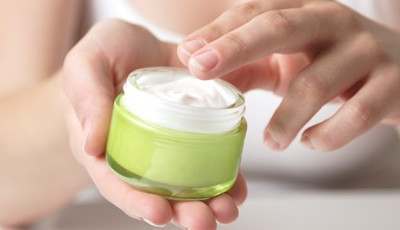 There are so many creams for scars on the market that it can get a bit confusing picking one. You need to understand the different types of scars in order to find just the right cream for your type of scar. Scar creams can fade and reduce the appearance of scars and leave you with healthier looking skin.
There are so many creams for scars on the market that it can get a bit confusing picking one. You need to understand the different types of scars in order to find just the right cream for your type of scar. Scar creams can fade and reduce the appearance of scars and leave you with healthier looking skin.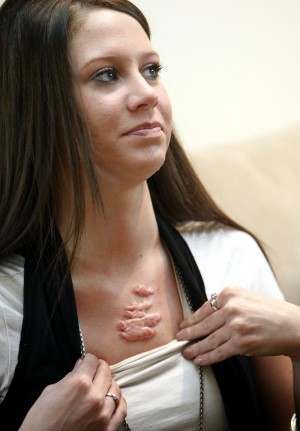 Types Of Scars
Types Of Scars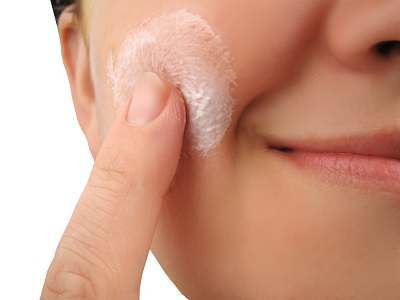
 Looking for
Looking for 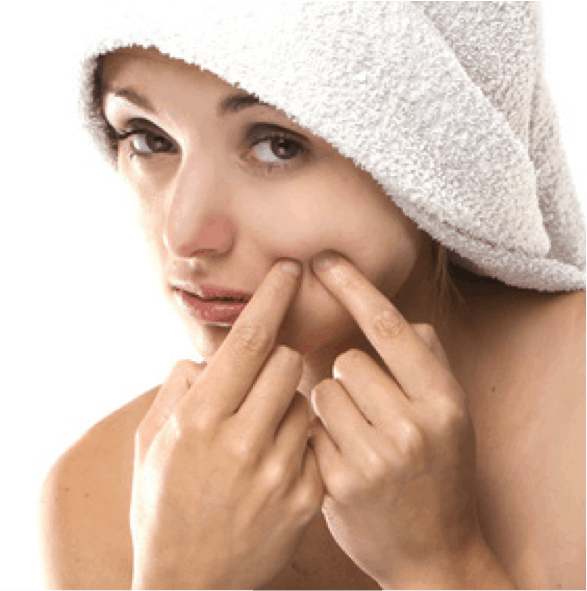 The causes of acne may lie well beneath your skin. Those who suffer from depression and emotional stress can suffer from acne even beyond their teenage years. One reason for this is the inability to regulate hormones and chemicals associated with stress, and this can cause severe outbreaks. Many times, older acne sufferers may need to seek professional counseling to help learn techniques to deal with stress and depression. This may help with self-esteem issues and also help calm down acne breakouts.
The causes of acne may lie well beneath your skin. Those who suffer from depression and emotional stress can suffer from acne even beyond their teenage years. One reason for this is the inability to regulate hormones and chemicals associated with stress, and this can cause severe outbreaks. Many times, older acne sufferers may need to seek professional counseling to help learn techniques to deal with stress and depression. This may help with self-esteem issues and also help calm down acne breakouts.
 Lemon or Lime Juice – The citric acid in lemon juice and lime juice can help remove dead skin cells and make scars appear more flat. The vitamin C in citrus fruits lightens scars and helps them blend in with your normal skin. It is also an important nutrient for skin healing. Apply a little lemon or lime juice to scarred areas and leave it on the skin for a few minutes. Wash off with a cool wet washcloth and apply a good moisturizer. Make sure you wash your hands after using citrus juices.
Lemon or Lime Juice – The citric acid in lemon juice and lime juice can help remove dead skin cells and make scars appear more flat. The vitamin C in citrus fruits lightens scars and helps them blend in with your normal skin. It is also an important nutrient for skin healing. Apply a little lemon or lime juice to scarred areas and leave it on the skin for a few minutes. Wash off with a cool wet washcloth and apply a good moisturizer. Make sure you wash your hands after using citrus juices. Tomatoes – Tomatoes are quickly becoming a popular acne home remedy. The powerful antioxidant
Tomatoes – Tomatoes are quickly becoming a popular acne home remedy. The powerful antioxidant 
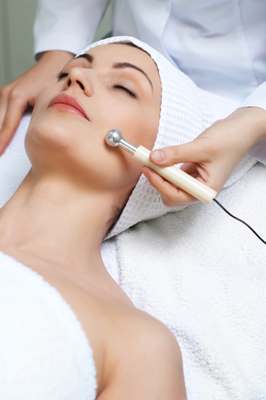
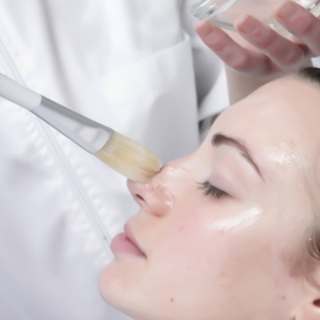 Chemical peels are split into three different categories, superficial peels, medium peels and deep peels. These methods use chemicals to remove the top layer of the affected skin. This promotes the healthy growth of beautiful new skin. For mild cases of acne scars, superficial peels can be used. These peels can be applied anywhere on the body and generally heal very quickly. For more moderate acne scars, medium peels are used. Medium peels can cause slight redness and take over a week to heal.
Chemical peels are split into three different categories, superficial peels, medium peels and deep peels. These methods use chemicals to remove the top layer of the affected skin. This promotes the healthy growth of beautiful new skin. For mild cases of acne scars, superficial peels can be used. These peels can be applied anywhere on the body and generally heal very quickly. For more moderate acne scars, medium peels are used. Medium peels can cause slight redness and take over a week to heal.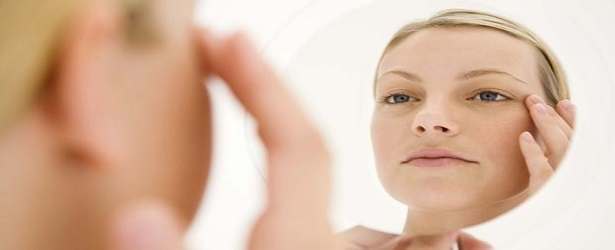

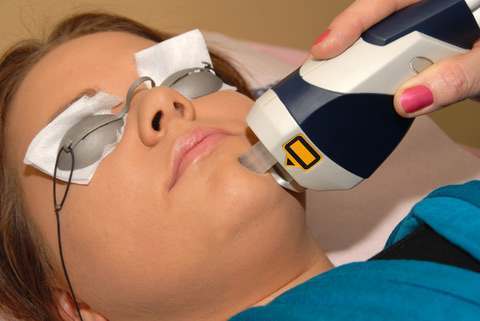 These treatments are between $1,000 and $5,000 and are very complicated. The doctor needs to find just the right laser that will be most effective on the scar tissue. After
These treatments are between $1,000 and $5,000 and are very complicated. The doctor needs to find just the right laser that will be most effective on the scar tissue. After 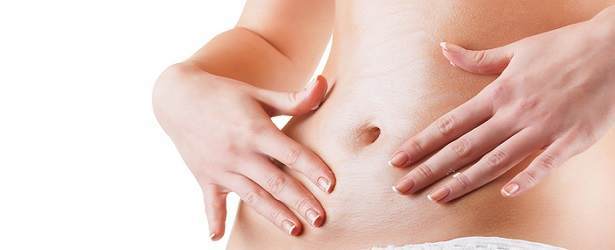
 Scars can be unique and have many sizes and shapes depending on your skin color, health, and what type of injury you suffered. Your ethnic and genetic background also dictate how you develop scars. If you have a darker skin tone, you may be prone to
Scars can be unique and have many sizes and shapes depending on your skin color, health, and what type of injury you suffered. Your ethnic and genetic background also dictate how you develop scars. If you have a darker skin tone, you may be prone to  There are medical studies on certain
There are medical studies on certain 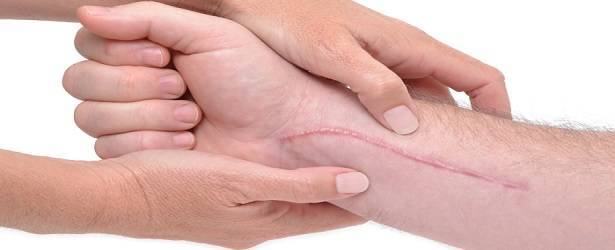
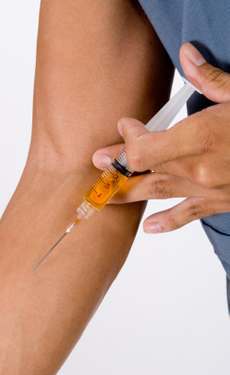 Keloid scars and hypertrophic scars often are confused. It is important to know that there is a difference between them, because the
Keloid scars and hypertrophic scars often are confused. It is important to know that there is a difference between them, because the 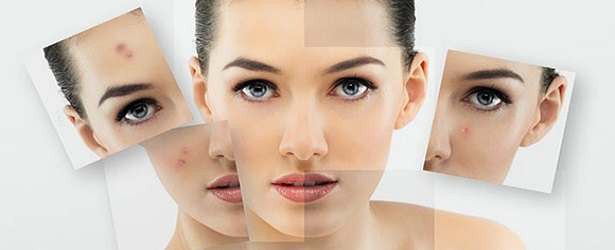
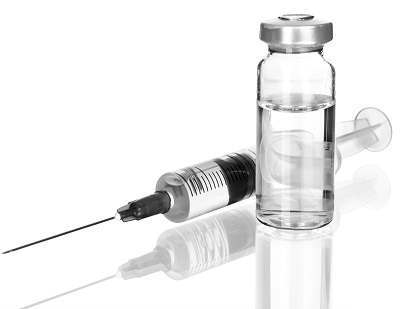 Injections
Injections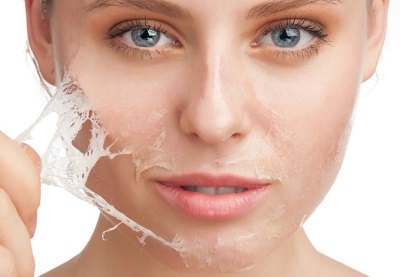 Chemical Peels – This involves using a type of acid on the skin to take off the first few layers chemically. The skin sloughs off, and new skin is generated to create a smoother appearance. There is a few days’ healing time, and the treatments cause reddened skin initially.
Chemical Peels – This involves using a type of acid on the skin to take off the first few layers chemically. The skin sloughs off, and new skin is generated to create a smoother appearance. There is a few days’ healing time, and the treatments cause reddened skin initially.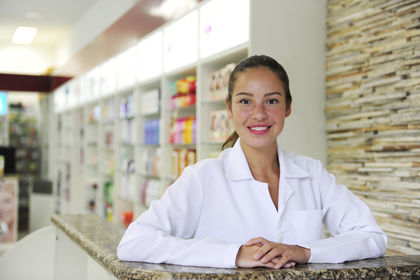 There are treatments you can buy in drugstores over the counter to use at home. These contain ingredients that help moisturize, heal, and reduce the appearance of scars.
There are treatments you can buy in drugstores over the counter to use at home. These contain ingredients that help moisturize, heal, and reduce the appearance of scars.
 Acne Scars – Acne scars are formed from the inflammation and excess collagen the skin produces to heal acne. These scars can appear very deep and pitted. They can also show up in angled waves. Acne scars can be treated with
Acne Scars – Acne scars are formed from the inflammation and excess collagen the skin produces to heal acne. These scars can appear very deep and pitted. They can also show up in angled waves. Acne scars can be treated with  Keloid Scars –
Keloid Scars –